

Articles
How To Store An Extra Mattress
Modified: January 9, 2024
Learn how to properly store an extra mattress with our helpful articles. Find tips and tricks to keep your mattress in great condition and save space in your home.
(Many of the links in this article redirect to a specific reviewed product. Your purchase of these products through affiliate links helps to generate commission for Storables.com, at no extra cost. Learn more)
Introduction
Storing an extra mattress properly is essential to ensure its longevity and preserve its quality. Whether you’re transitioning to a new home, downsizing, or simply need to free up some space, knowing how to store an extra mattress is crucial to keep it in excellent condition for future use. In this article, we will guide you through the steps and best practices for storing your extra mattress safely and effectively.
A mattress is a significant investment, and proper storage will help protect it from damage, dust, and moisture, ensuring it remains in optimal condition. By following these steps, you can prolong the lifespan of your mattress and keep it ready for whenever you need it.
In the following sections, we will walk you through the process of preparing your mattress for storage, selecting a suitable storage location, wrapping it securely, and maintaining it during its time in storage. Let’s get started!
Key Takeaways:
- Properly storing an extra mattress involves cleaning, wrapping, and storing it in a suitable location. Regular checks ensure its longevity and quality, preserving comfort for future use.
- Cleaning, wrapping, and storing an extra mattress in a suitable location ensures its longevity and quality. Regular checks preserve comfort for future use.
Read more: How To Store Extra Mattress
Step 1: Clean and Prepare the Mattress
Before storing your mattress, it’s crucial to clean and prepare it properly. Start by stripping off all the bedding, including sheets, pillowcases, and mattress protectors. Launder these items separately following the manufacturer’s instructions and store them away in a clean, dry place.
Next, vacuum the entire mattress to remove any dust, dirt, or allergens that may have accumulated over time. Use a vacuum cleaner with a upholstery attachment to thoroughly clean the surface, edges, and corners of the mattress. Pay extra attention to any stains or spills and treat them with a gentle stain remover, following the product instructions.
After cleaning, allow the mattress to air out for a few hours in a well-ventilated area to ensure it is completely dry. This step is crucial as storing a damp or moist mattress can lead to mold and mildew growth, damaging the mattress’s integrity and potentially causing health issues.
Once the mattress is dry, consider using a mattress protector or encasement to provide an additional layer of protection. These covers are designed to guard against dust mites, bed bugs, stains, and spills. Be sure to choose a suitable cover that is breathable and specifically designed for mattress storage.
By cleaning and preparing your mattress properly, you will not only ensure its cleanliness but also remove any potential allergens or pests that could affect its storage. This step sets the foundation for a safe and hygienic storage process.
Step 2: Choose a Suitable Storage Location
The next step in storing an extra mattress is to find a suitable storage location. When selecting a place to store your mattress, there are a few key factors to consider: temperature, humidity, and cleanliness.
Ideally, you should choose a storage area that is cool, dry, and well-ventilated. Extreme temperatures can damage the mattress, so avoid areas that are excessively hot or cold, such as attics or basements. A temperature-controlled room, like a climate-controlled storage unit, is the best option to maintain a consistent environment for your mattress.
In addition to temperature, humidity is another important factor to keep in mind. High humidity levels can encourage the growth of mold and mildew, while low humidity can cause the mattress to become brittle. Aim for a storage location with a humidity level between 40% and 50% to ensure optimal conditions for your mattress.
Furthermore, it’s crucial to select a clean and dust-free area to store your mattress. Avoid storing it in places where dust, insects, or pests are likely to accumulate, such as a garage or shed. If you’re using a storage unit, make sure it’s clean and free from any potential infestations.
When placing the mattress in the storage location, it’s important to keep it elevated off the floor. This can be done by placing it on a sturdy pallet or using a mattress foundation or platform. Elevating the mattress will prevent it from absorbing moisture from the ground and minimize the risk of damage.
By choosing a suitable storage location that provides the right temperature, humidity, and cleanliness, you can ensure your mattress remains in optimal condition throughout its time in storage. This step is crucial in preserving the integrity and longevity of your mattress.
Step 3: Wrap the Mattress in a Protective Cover
Once you have cleaned the mattress and chosen a suitable storage location, the next step is to wrap it in a protective cover. This step adds an extra layer of defense against dust, pests, and potential damage during storage.
Start by purchasing a mattress storage bag or cover that is specifically designed for this purpose. These covers are typically made of durable plastic or vinyl material and come in various sizes to accommodate different mattress sizes.
Before placing the mattress inside the cover, ensure that it is completely dry to prevent moisture from being trapped inside. This will help prevent the growth of mold and mildew during storage.
Carefully slide the mattress into the protective cover, making sure it fits snugly without any excess space. Most covers come with a zippered closure, allowing you to seal the mattress securely inside. Ensure that the zipper is completely closed and, if necessary, use tape or straps to secure the opening tightly.
It’s important to choose a cover that is breathable to prevent the build-up of moisture and to allow the mattress to “breathe” while in storage. This will help maintain its freshness and prevent any musty odors.
Label the cover with the size of the mattress and any other relevant information, such as the date of storage. This will make it easier to identify the mattress when you need to retrieve it in the future.
By wrapping your mattress in a protective cover, you will shield it from potential damage, dust, and pests. This step plays a crucial role in maintaining the cleanliness and quality of your mattress during storage.
Store your extra mattress in a cool, dry place to prevent mold and mildew. Use a mattress storage bag to protect it from dust and pests. Avoid storing it in a damp basement or hot attic.
Step 4: Store the Mattress in a Vertical Position
Storing your mattress in a vertical position is a space-saving and effective way to ensure its longevity and prevent unnecessary strain on its structure. Here’s how to properly store your mattress in a vertical position:
1. Find a suitable wall or corner in your storage area where you can lean the mattress against. Make sure it’s a stable and secure surface that won’t cause the mattress to topple over.
2. If you have multiple mattresses to store, place the largest one at the bottom and stack them in order of size, with the smallest mattress on top. This helps distribute the weight evenly and prevents any unnecessary pressure on the lower mattresses.
3. When leaning the mattress against the wall or corner, make sure it stands straight and does not lean to one side. This will help maintain its shape and prevent any sagging or deformation.
4. Use mattress straps or bungee cords to secure the mattress in its upright position. This will provide additional stability and prevent it from shifting or falling during storage. Be careful not to overtighten the straps to avoid damaging the mattress.
5. If you have a larger storage space, consider using a mattress rack or stand to hold the mattress in place. These racks are specifically designed to support mattresses in a vertical position and provide added stability.
Storing your mattress in a vertical position not only saves space but also helps maintain its shape and structure. By following these steps, you can ensure that your mattress remains in optimal condition throughout its time in storage.
Read more: How To Store Extra Paint
Step 5: Check on the Mattress periodically
While your mattress is in storage, it’s important to periodically check on its condition to ensure it remains in good shape. Here are some tips for monitoring your mattress during its time in storage:
1. Establish a schedule: Set a reminder to check on your mattress every few months. This will allow you to catch any potential issues early on and take necessary steps to address them.
2. Inspect for damage: During your check-up, carefully examine the mattress for any signs of damage, such as tears, rips, or mold growth. If you notice any problems, take immediate action to prevent further damage or deterioration.
3. Ventilate the storage space: If possible, open up the storage area to allow fresh air circulation. This will help prevent the build-up of moisture and reduce the risk of mold or mildew growth.
4. Re-secure the cover: Check the protective cover to ensure it is still securely sealed. If you notice any gaps or openings, reseal them with tape or straps to keep out dust and pests.
5. Rotate the mattress: If feasible, rotate the mattress to prevent any uneven wear and compression. This can help maintain its overall shape and prolong its lifespan.
By regularly checking on your stored mattress, you can address any potential issues promptly and ensure it remains in excellent condition. This step is vital in preserving the quality and longevity of your mattress for future use.
Conclusion
Properly storing an extra mattress is essential for maintaining its quality and prolonging its lifespan. By following the steps outlined in this article, you can ensure that your mattress remains in excellent condition during its time in storage.
Remember to start by cleaning and preparing the mattress, removing any dirt, stains, and moisture. Choose a suitable storage location that is cool, dry, and clean, ensuring the mattress remains protected from extreme temperatures, humidity, and dust.
Wrap the mattress in a protective cover that is breathable yet sturdy enough to shield it from potential damage and pests. Label the cover for easy identification in the future.
When storing the mattress, consider placing it in a vertical position to save space and minimize strain. Secure it with straps or cords to prevent it from toppling over.
Lastly, regularly check on the mattress during its time in storage to ensure it remains in good condition. Look out for any signs of damage or moisture and take necessary action to address them promptly.
By following these steps, you can store your extra mattress with confidence, knowing that it will be kept safe, clean, and ready for future use. Taking the time and effort to store your mattress properly will pay off in the long run, preserving its comfort and quality for years to come.
Frequently Asked Questions about How To Store An Extra Mattress
Was this page helpful?
At Storables.com, we guarantee accurate and reliable information. Our content, validated by Expert Board Contributors, is crafted following stringent Editorial Policies. We're committed to providing you with well-researched, expert-backed insights for all your informational needs.
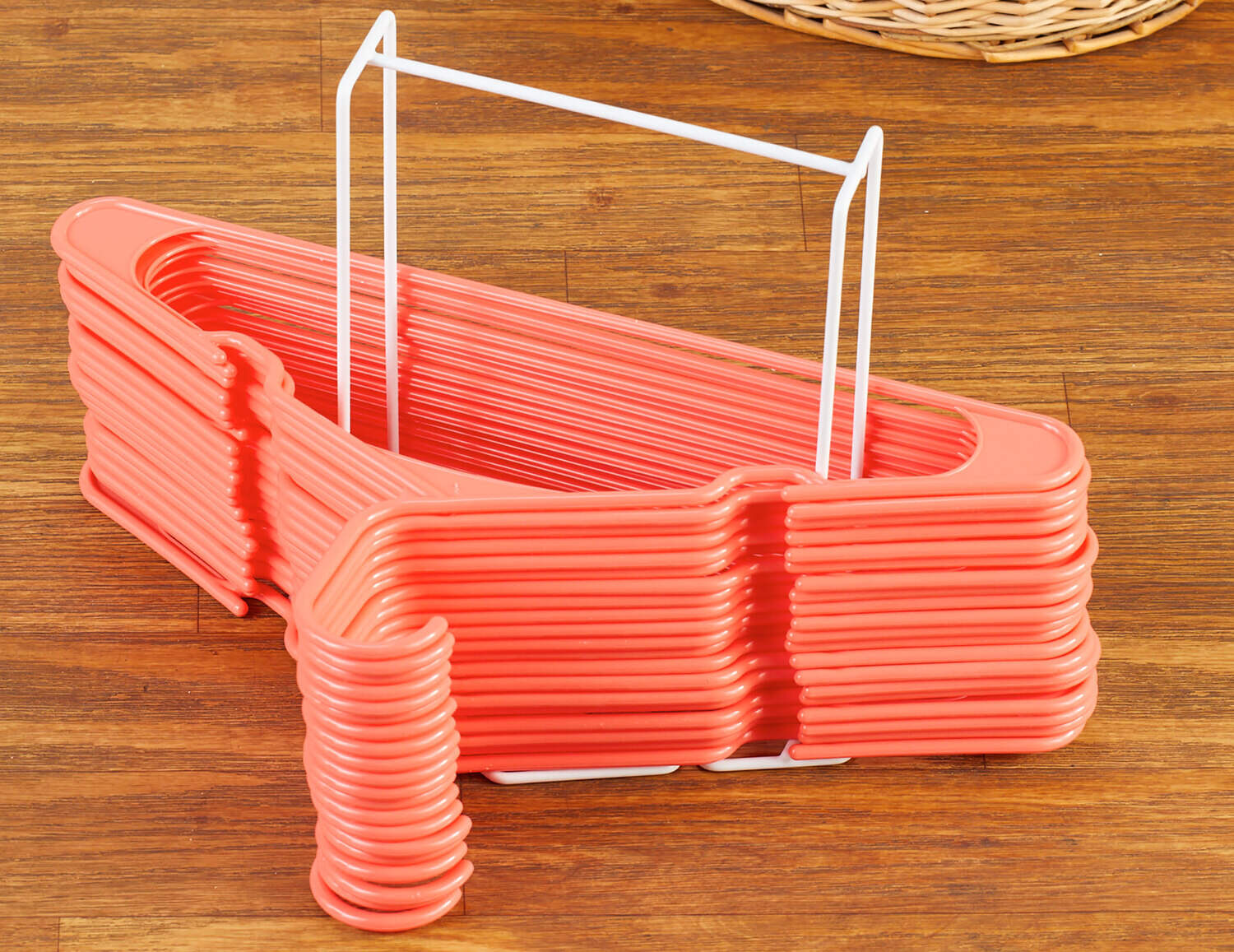
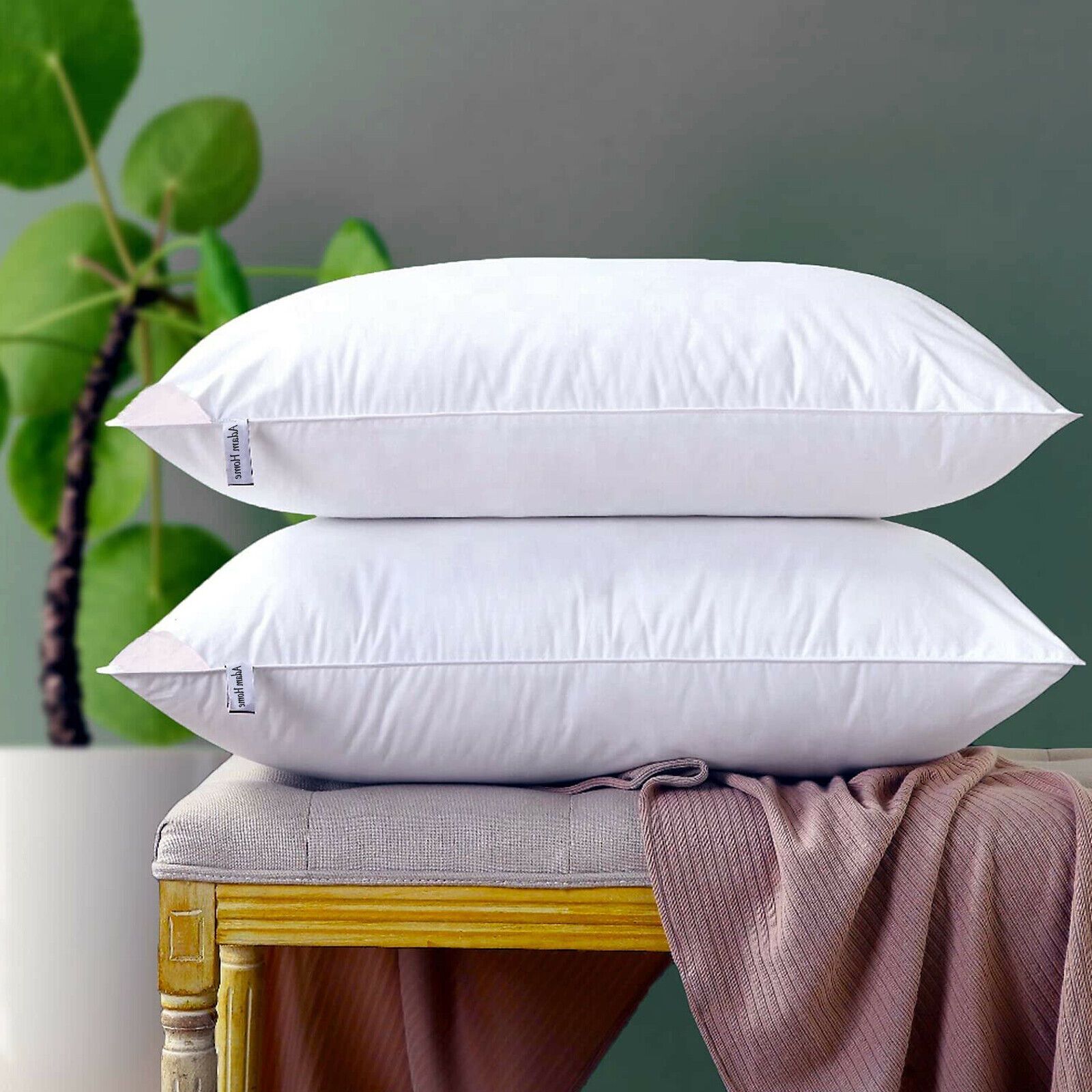
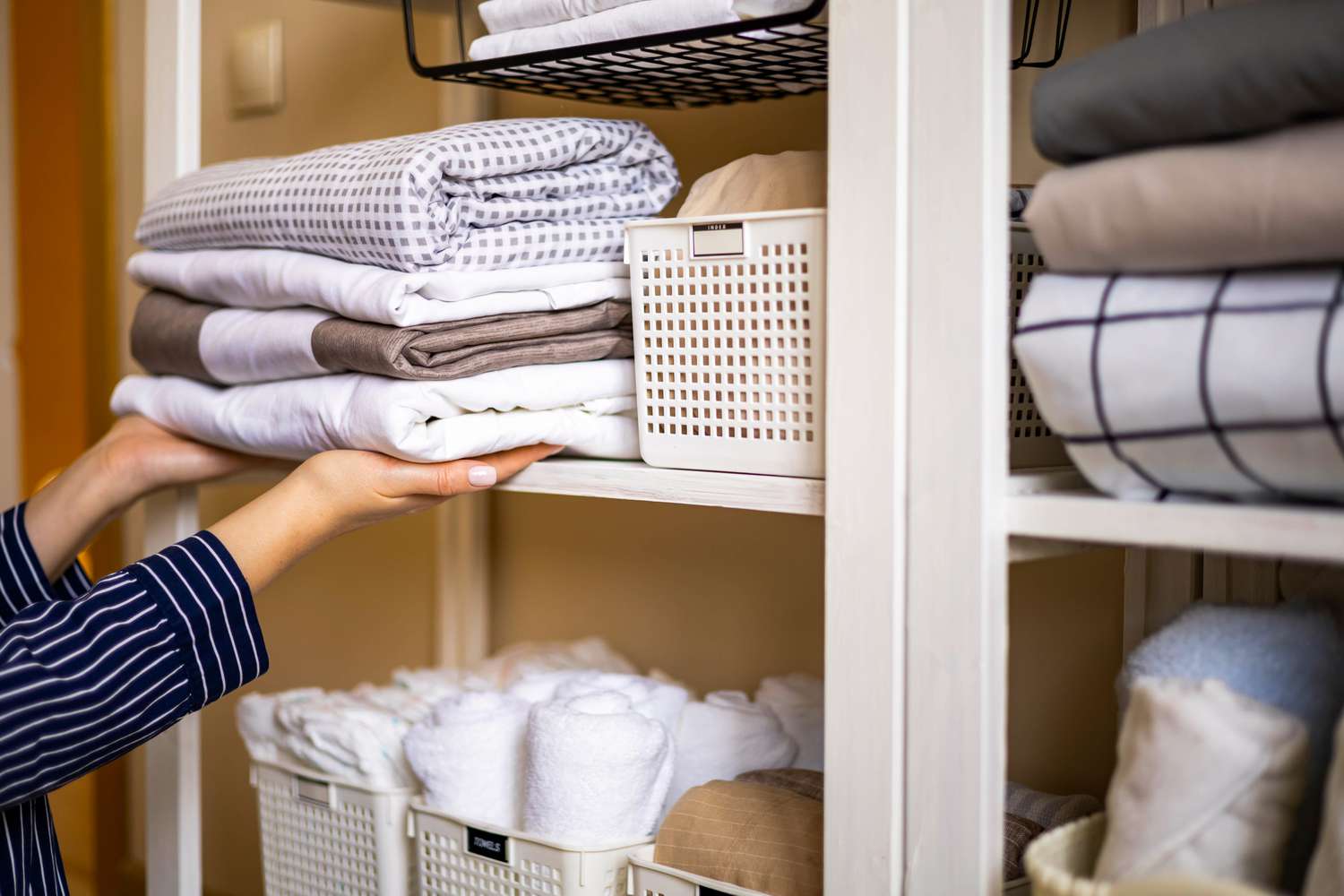


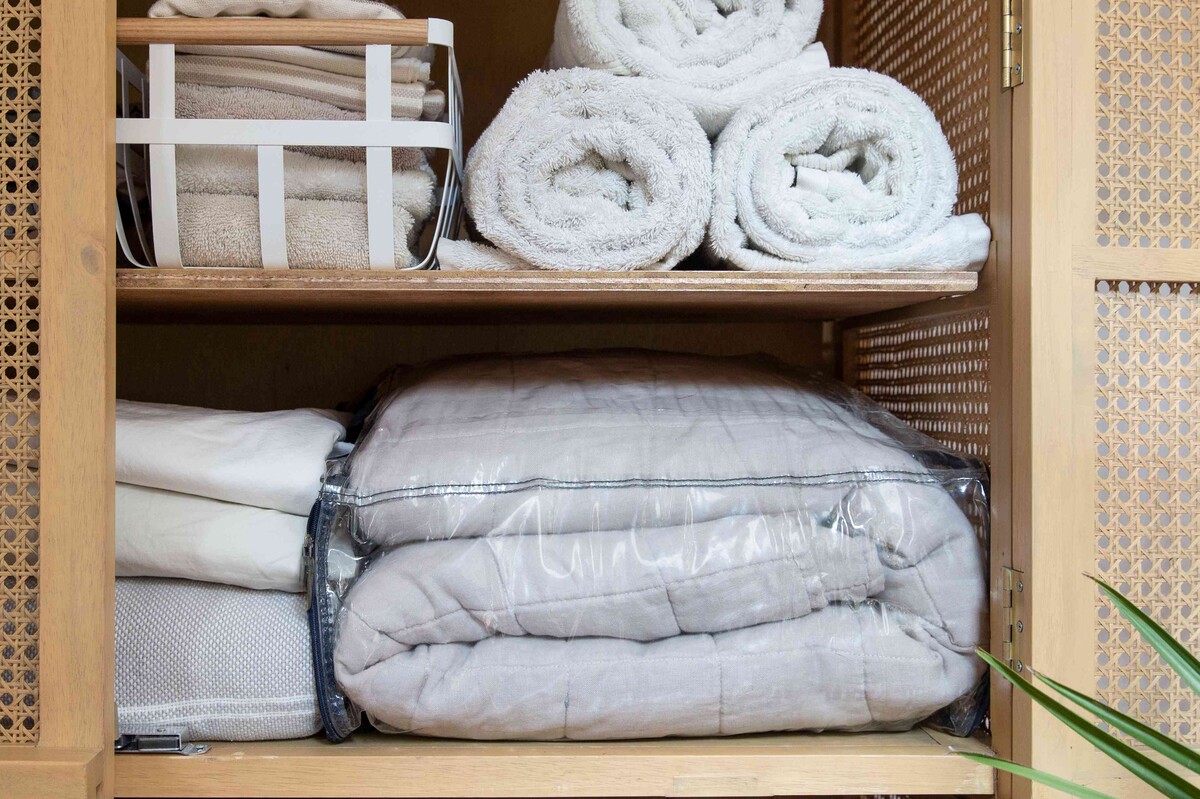
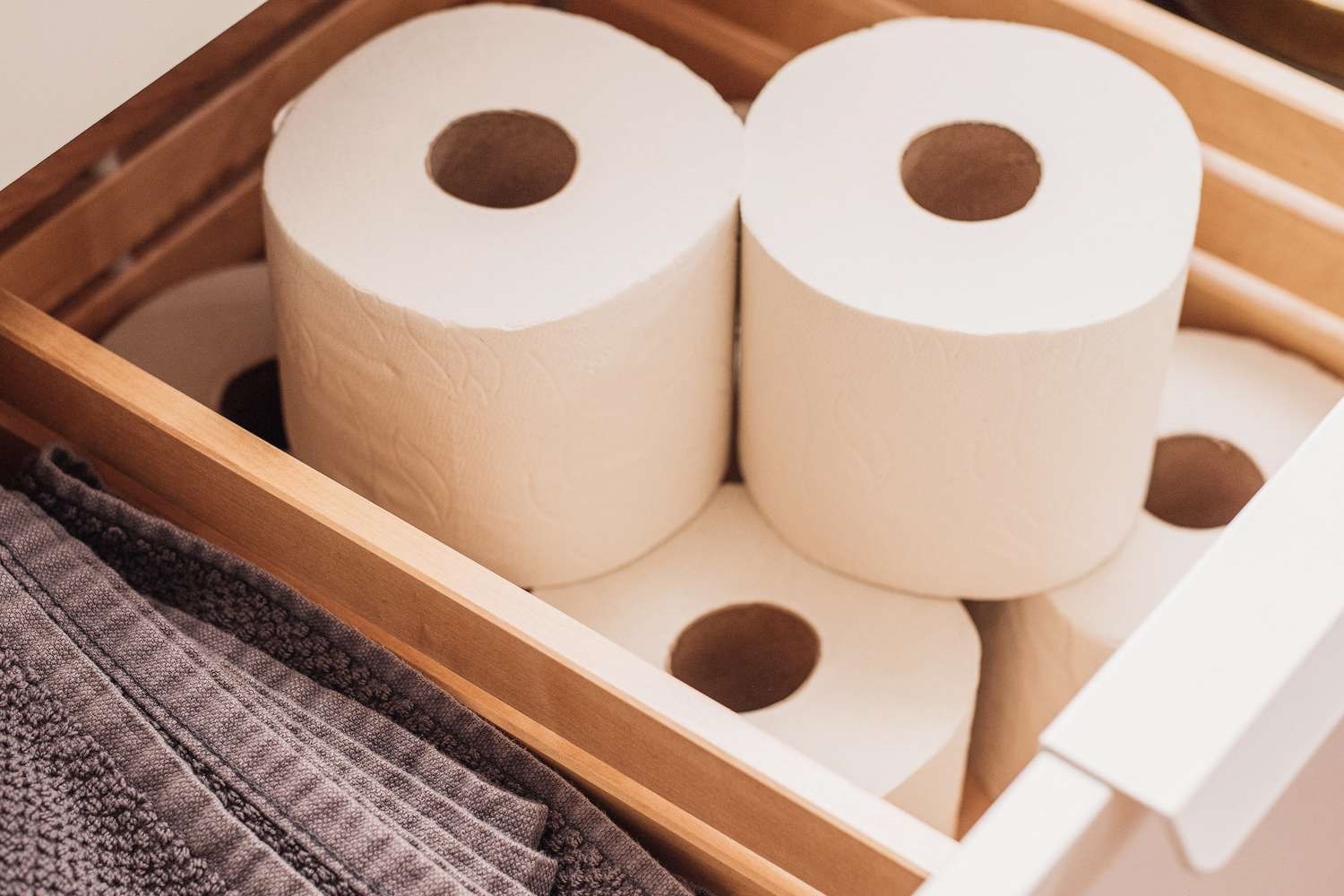





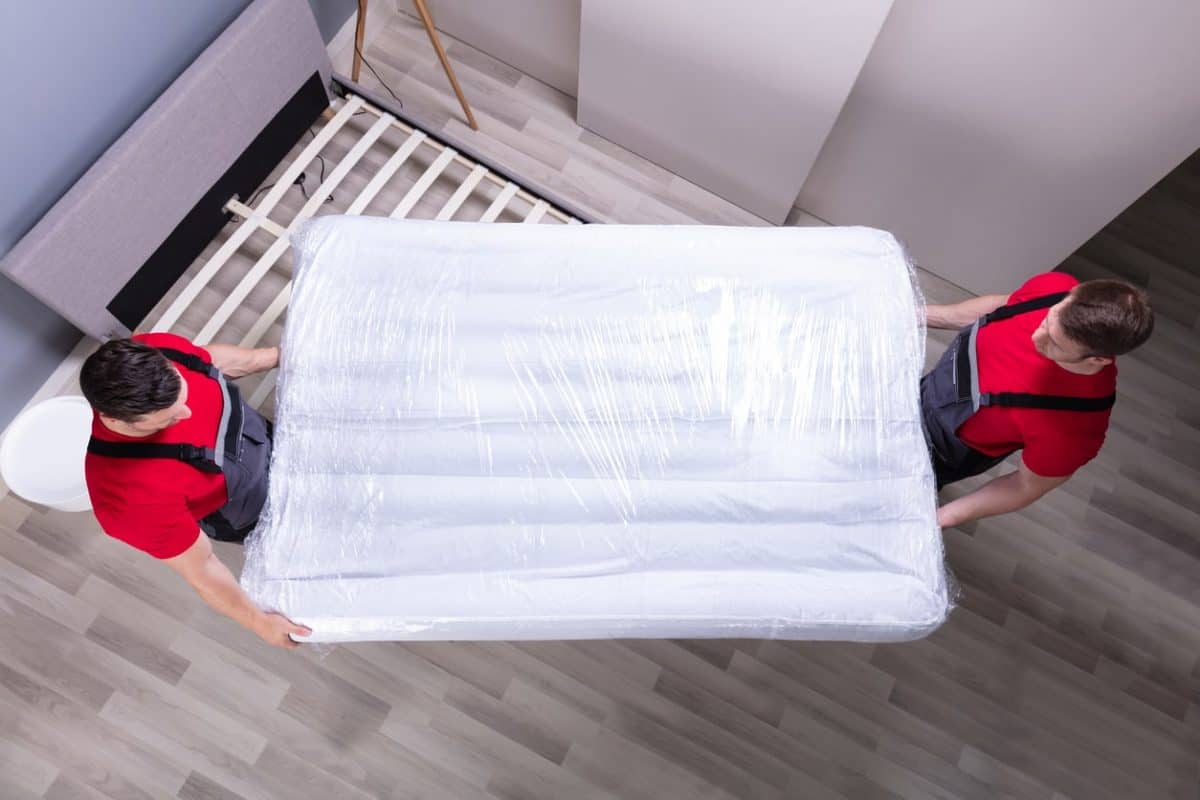
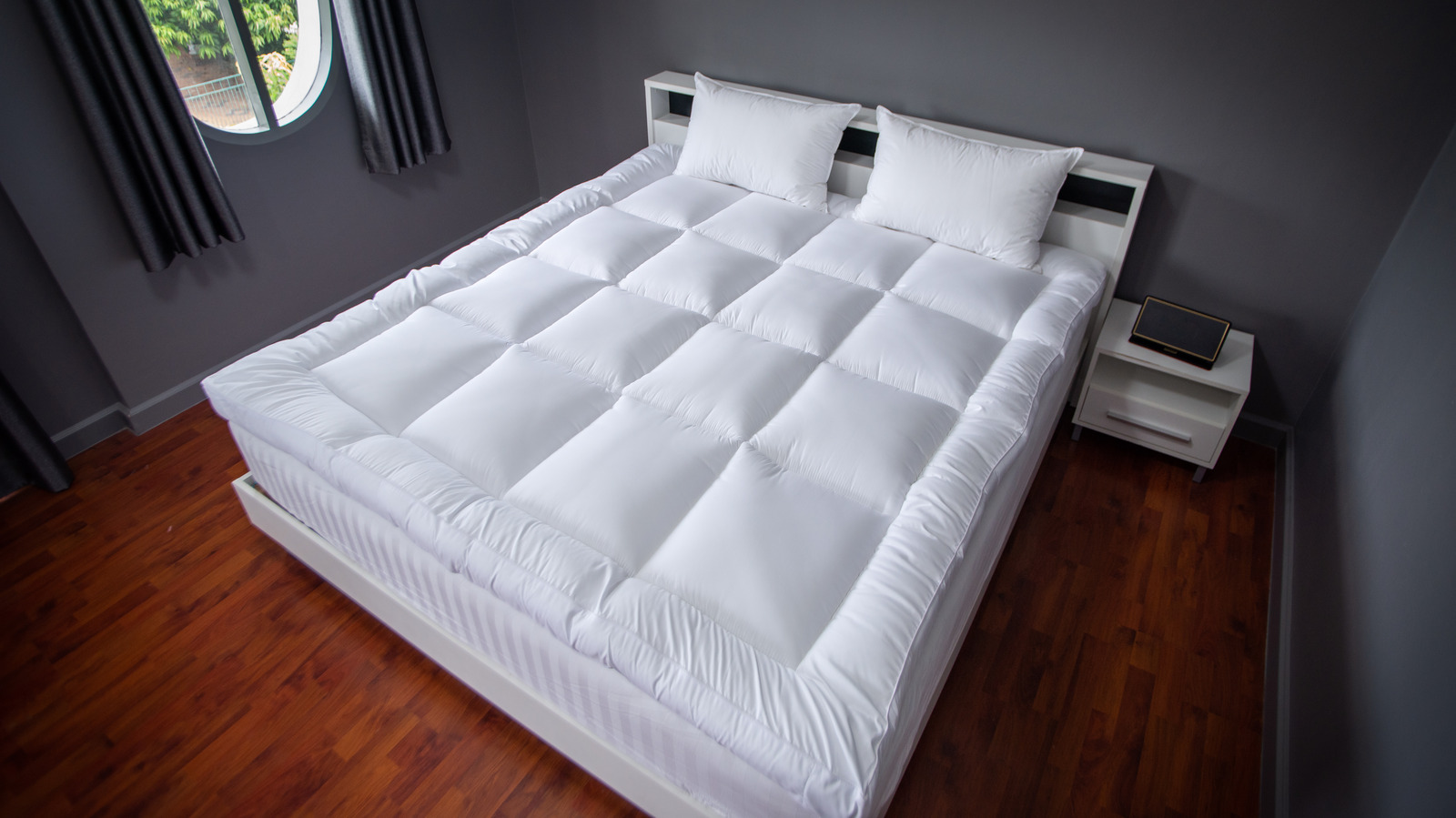

0 thoughts on “How To Store An Extra Mattress”